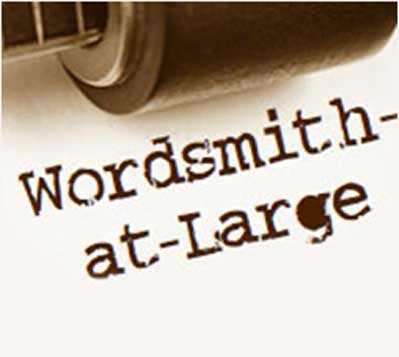Each time an election rolls around, citizens are encouraged to exercise their Constitutional right to cast a ballot for whomever they choose. At least that’s the politically correct way to try to boost participation in the electoral process. In reality, those encouragements are usually aimed at a particular candidate’s supporters. Back in the early 1960s, when politics in the state of Massachusetts was dominated by a certain family, the somewhat joking phrase that was heard as each election day neared was, “Be sure to go to the polls on Tuesday. Vote for the Kennedy of your choice, but vote.”
As a whole, many Americans simply ignore all their options and just don’t bother going to the polls. Although there are probably little, if any, significant facts to back it up, the non-voters are likely the loudest protestors when things go sideways post-election.
In the 2016 race, 58% of those eligible actually cast a ballot. That percentage has been reasonably typical since early last century. Most presidential years saw turnouts in the mid-50% range. (Midterm elections, like the one this year, typically are considerably lower, falling into the 40-45% area.)
Peak voter turnout occurred in the decades just prior to and just after the Civil War. Between 1830 and 1900, three out of four voters took the time to show up at their polling places. Voting percentages regularly topped 70 % and often touched 80%. And those were the days when voting meant riding a horse or walking to some public edifice that probably wasn’t ten minutes away.
As an historical note of interest, in the first presidential election, held in 1788, only 1.3% of the total population cast ballots. 38,818 people decided George Washington should lead the new country. Things were slightly different then. There were no political parties nor campaigning. (Did I just hear a loud cheer?) North Carolinians and Rhode Islanders couldn’t even participate because their states hadn’t yet ratified the Constitution. And then there were a couple of other issues. The 1790 census showed a total population of 3 million. 600,000 of those were slaves. Half of the rest were women. Neither constituency could vote. And even among white males, there were some property qualifications that disenfranchised a large number of them.
The numbers rose after that, but not considerably. In looking at a graph of voter participation, it seems as if it took provocateur Andrew Jackson running for President to stir the masses. His campaigns in the 1820s and 1830s boosted the totals well above the 50% line.
As an American citizen, not voting is, of course, every bit as much a right as pulling a lever or making an “X” next to a candidate’s name. Even though many have died over the years to ensure that right, no one can be forced to make a choice. (Well, sometimes that hasn’t exactly been the case in Chicago or New York, but that’s a different story.)
I mention all the above in prelude to the fact that Russian citizens this week turned out to re-elect Vladimir Putin to yet another six-year term as Tsar, er, I mean President. Results indicate that 60% of the populace put down their vodka and borscht for a couple of hours and exercised their rights. And about 75% of them voted for Putin.
That was not unexpected. While there were seven other names on the ballot, Putin’s biggest challenger was rejected as a candidate because he was convicted of fraud . . . in a case that apparently was decided by Putin’s minions. (Again, that’s another story.)
The goal for Putin’s people was to turn out massive numbers of folks so Vlad could claim a huge mandate. Apparently, most showed up willingly, although one report mentioned a man who was told if he wanted to keep his job he should participate. And another constituent said she was called by a Big Brother at midday telling her she was the only one who hadn’t yet voted in her area.
This year’s Russian elections are really a step up from those during the Cold War. Back then, the ballots only had two options: Vote for the Communist or for the Gulag.
The point is, more Russians voted in a pre-ordained election than voted in our hotly contested 2016 race. (By the way, thus far the Russians haven’t complained about American collusion or hacking in their elections. Does that mean their techies are slicker than ours? Perish the thought.)
We can do better. If you don’t like the candidates this year, run yourself. Let’s show the Russkies what real democracy is all about.
©MMXVIII. William J. Lewis, III – Freelance Writer


Leave A Comment